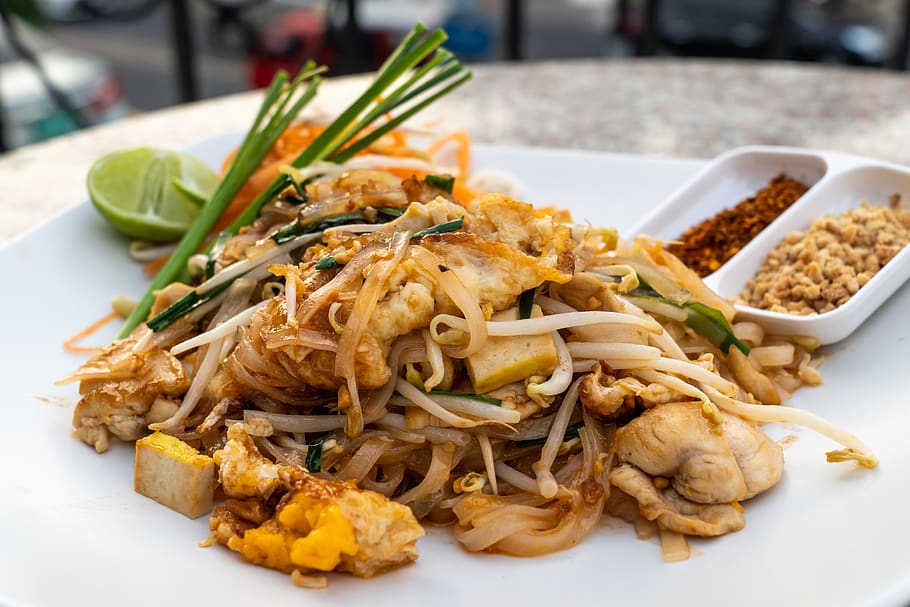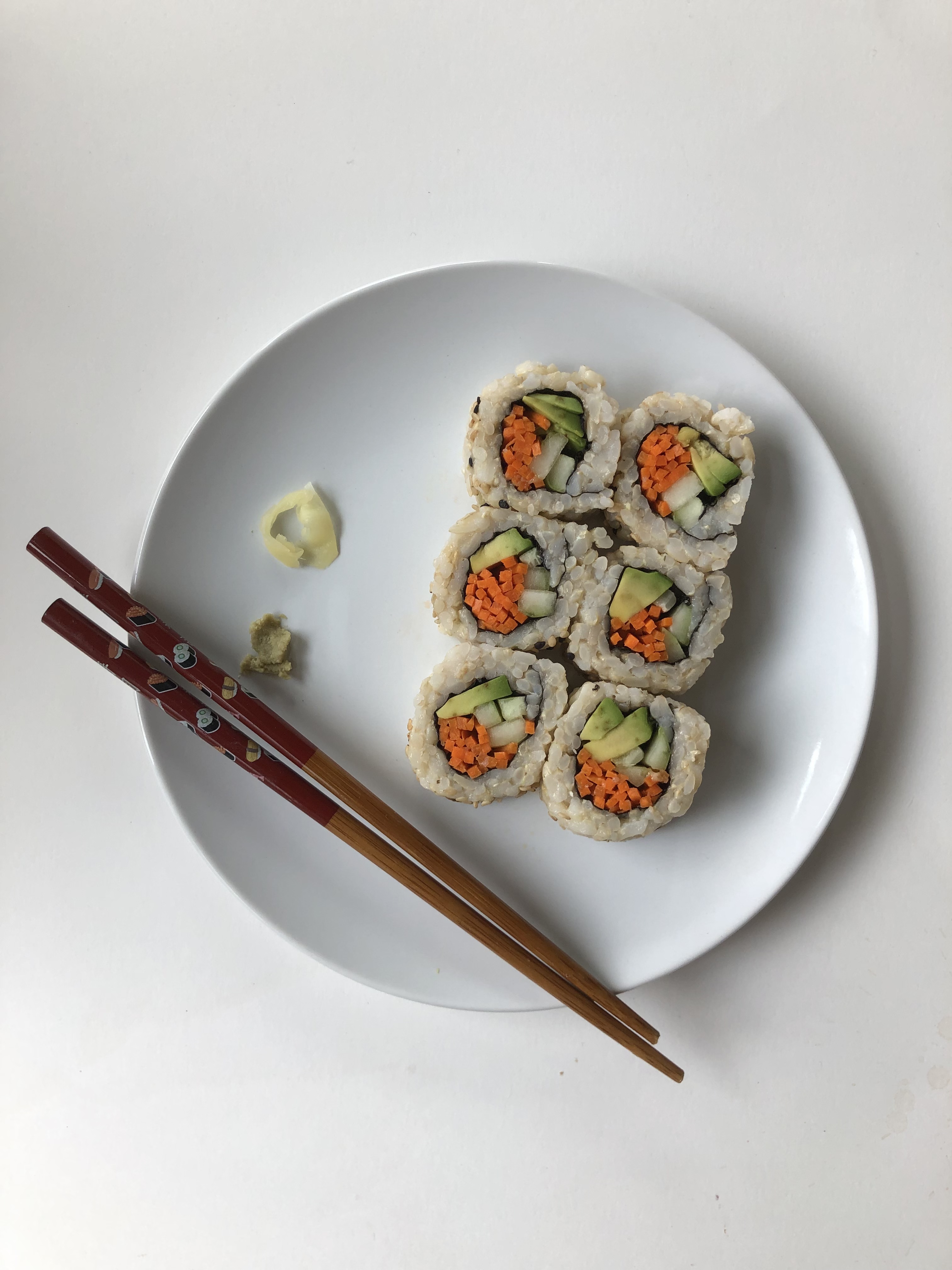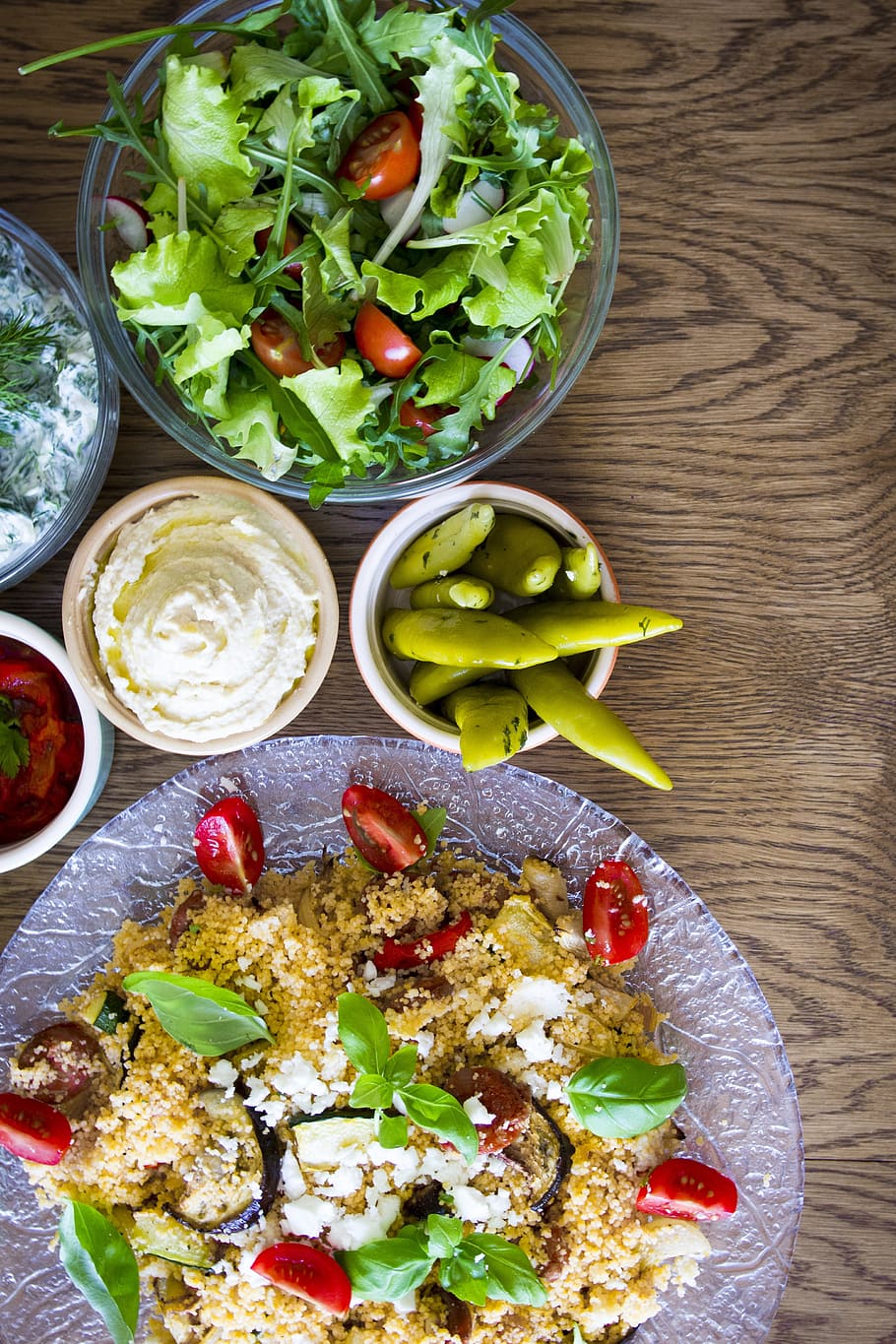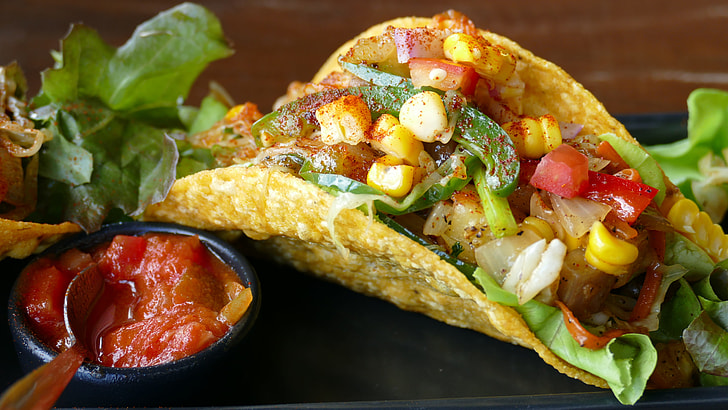
Introduction:
Indulge in the tantalizing flavors of the East with this delicious Shrimp Pad Thai Recipe. This classic Thai dish combines the delicate sweetness of shrimp with the bold flavors of stir-fried noodles, creating a mouthwatering meal that is sure to impress. Whether you’re a seasoned cook or just starting in the kitchen, this recipe is perfect for anyone looking to spice up their mealtime routine.
Origin and History Of This Recipe:
Shrimp Pad Thai is a traditional Thai dish that dates back to the 1930s. It is said to have been created by a Thai-Chinese chef who was inspired by Chinese noodle dishes. The name “Pad Thai” translates to “Thai stir-fry,” highlighting the cooking method used in this iconic dish. Over the years, Pad Thai has become a beloved staple in Thai cuisine and is now enjoyed around the world for its bold flavors and satisfying textures.
Things To Expect In This Post Article:
In this post, we’ll be diving into the world of Shrimp Pad Thai, exploring the origins of the dish, the key ingredients needed, and the step-by-step process of making this flavorful recipe. But before we continue, be prepared to tantalize your taste buds with this delectable Thai-inspired dish.
Ingredients List:
- 8 oz of rice noodles
- 1 lb of shrimp, peeled and deveined
- 2 cloves of garlic, minced
- 1 red bell pepper, thinly sliced
- 1 carrot, julienned
- 2 eggs
- 1/4 cup of soy sauce
- 2 tbsp of fish sauce
- 1 tbsp of tamarind paste
- 1 tbsp of brown sugar
- 1 cup of bean sprouts
- 1/4 cup of chopped peanuts
- Lime wedges for serving
- Fresh cilantro for garnish
Preparation Steps:
- Soak the rice noodles in hot water for 10-15 minutes until softened.
- In a wok or large skillet, heat oil over medium heat and add garlic, shrimp, bell pepper, and carrot. Stir-fry until shrimp is cooked through.
- Push the shrimp and vegetables to one side of the pan and crack the eggs into the empty space. Scramble the eggs until cooked.
- Add the drained noodles to the pan, along with soy sauce, fish sauce, tamarind paste, and brown sugar. Toss everything together to combine.
- Add bean sprouts and chopped peanuts, stirring until everything is heated through.
- Serve the Shrimp Pad Thai hot, garnished with lime wedges and fresh cilantro.
Cooking Time & Servings:
This Shrimp Pad Thai recipe takes approximately 30 minutes to prepare and serves 4 people.
Personal Touch:
Growing up, Pad Thai was a dish that my family often enjoyed together. The blend of sweet, savory, and tangy flavors always made for a memorable meal. I love recreating this dish at home, adding my own twist with extra veggies or a spicy kick. The versatility of Pad Thai allows for endless customization, making it a go-to recipe for any occasion.
Nutritional Information:
Per serving, Shrimp Pad Thai provides a healthy balance of protein, carbohydrates, and essential nutrients. This dish is rich in lean protein from shrimp, fiber from vegetables, and healthy fats from peanuts. It’s a well-rounded meal that satisfies both the taste buds and the body’s nutritional needs.
Health Conditions And People To Avoid This:
Individuals with shellfish allergies should avoid this dish as it contains shrimp, a common allergen. Additionally, those following a strict low-carb or keto diet may want to limit their intake of rice noodles and brown sugar in this recipe.
Nutrition and Benefits To The Body:
Shrimp is a good source of lean protein, omega-3 fatty acids, and minerals like zinc and selenium. These nutrients support muscle growth, brain function, and overall immune health. Vegetables like bell peppers and carrots provide essential vitamins and antioxidants, promoting good vision and skin health.
Disadvantages:
While Shrimp Pad Thai offers many nutritional benefits, it’s important to consume it in moderation. Excessive consumption of soy sauce or fish sauce, high in sodium, can lead to bloating, high blood pressure, and other health concerns. Eating moderately is perfectly fine, but acquiring excess of these nutrients is harmful.
Tips and Tricks:
- Customize your Pad Thai with your favorite vegetables, proteins, or sauces for a unique twist.
- Use a high-quality tamarind paste for an authentic tangy flavor.
- Adjust the spice level by adding chili flakes or sriracha to suit your taste preferences.
Equipment Needed:
To prepare this Shrimp Pad Thai recipe, you’ll need a wok or large skillet, a wooden spoon for stirring, a sharp knife for slicing vegetables, and a cutting board for food preparation. Additional equipment like a colander for draining noodles and measuring cups/spoons for ingredients are also necessary.
Variations or Substitutions:
For a vegetarian version of this dish, simply omit the shrimp and add tofu or extra vegetables like mushrooms or broccoli. To make it gluten-free, use tamari instead of soy sauce and ensure all other ingredients are free of gluten-containing additives.
Serving Suggestions:
Serve Shrimp Pad Thai hot with lime wedges on the side for squeezing over the noodles. Garnish with fresh cilantro and chopped peanuts for added texture and flavor. Pair with a side of steamed vegetables or a light salad for a balanced meal.
Storage and Reheating Instructions:
Store any leftovers in an airtight container in the refrigerator for up to 2-3 days. Reheat the Pad Thai in a skillet over low heat with a splash of water to prevent sticking, or microwave in intervals until heated through. Add fresh lime juice and garnishes before serving to revive the flavors.
Conclusion:
Experience the bold flavors and vibrant colors of Thailand with this Shrimp Pad Thai recipe. Whether you’re craving a quick weeknight dinner or planning a special gathering with friends, this dish is sure to impress. Don’t be afraid to get creative and make it your own- the possibilities are endless with this versatile and delicious recipe.
Frequently Asked Questions (FAQs):
- Can I use chicken or tofu instead of shrimp in this recipe?
Yes, you can easily substitute chicken, tofu, or even beef for the shrimp in this Pad Thai recipe. Simply adjust the cooking times accordingly to ensure your protein is cooked through. - Is there a gluten-free option for soy sauce in this recipe?
Yes, you can use tamari, which is a gluten-free alternative to soy sauce. Look for a certified gluten-free version to accommodate dietary restrictions. - How spicy is Pad Thai supposed to be?
Traditional Pad Thai has a mild level of spice, but you can adjust the heat by adding more chili flakes or fresh chilies to suit your taste preferences. - Can I make this recipe in advance and freeze it for later?
While Pad Thai is best enjoyed fresh, you can freeze leftovers in an airtight container for up to 1 month. Thaw in the refrigerator before reheating for best results. - Are there any side dishes that pair well with Shrimp Pad Thai?
For a complete meal, serve Pad Thai with a side of cucumber salad, steamed jasmine rice, or spring rolls for a diverse array of flavors and textures. - Where can I find tamarind paste for this recipe?
Tamarind paste is commonly found in Asian grocery stores or the international aisle of most supermarkets. You can also purchase it online for convenience.
By incorporating these SEO-optimized elements into your Shrimp Pad Thai recipe post, you can attract more readers, enhance user engagement, and provide valuable information for those looking to recreate this delicious dish at home. Remember to have fun in the kitchen and savor every bite of this flavorful and aromatic Thai-inspired meal.



















